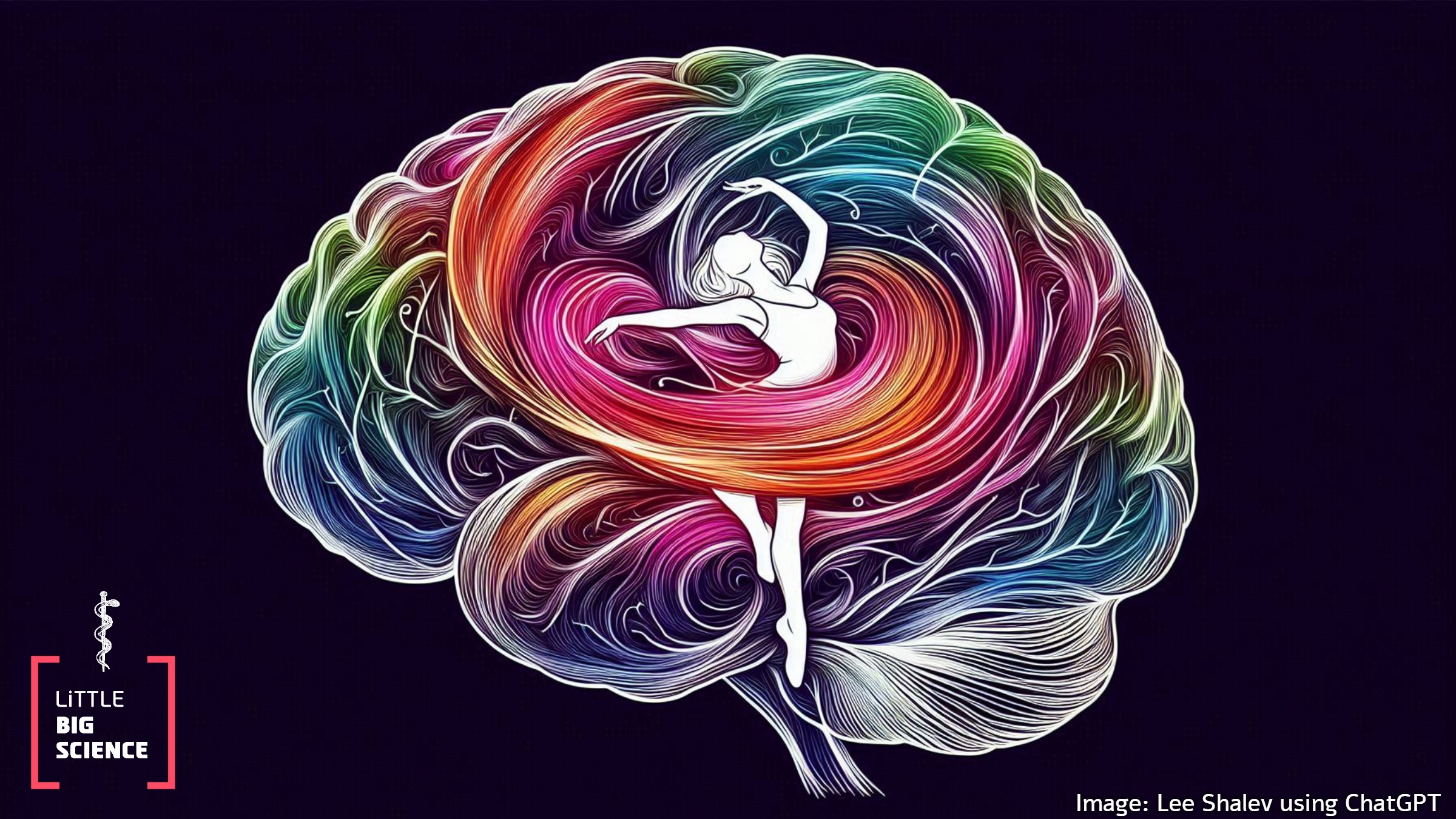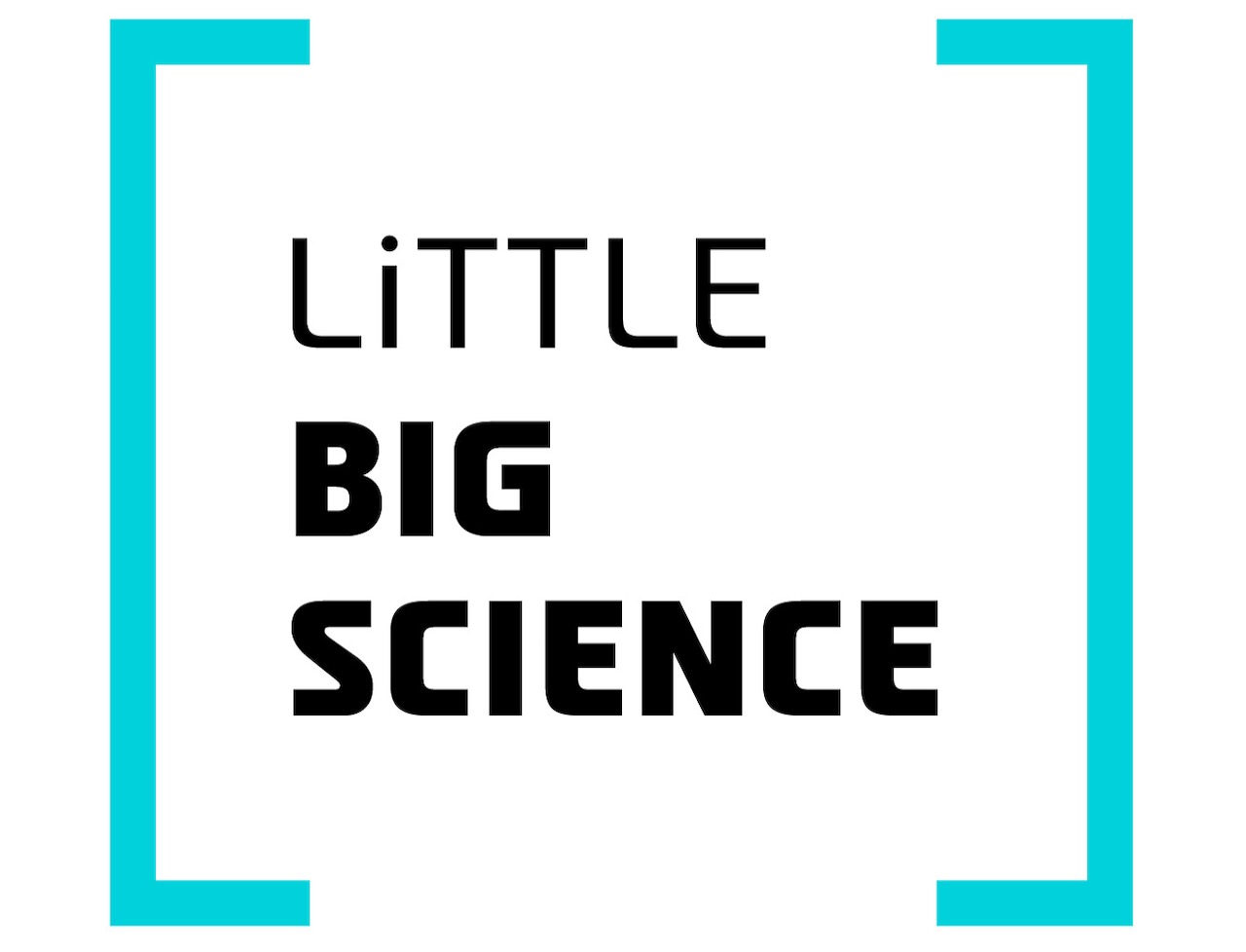
For International Dance Day, we took a dive into the effects dance has on our brain. We will learn how dance is a powerful tool for improving memory, learning ability and for brain plasticity. Dance even has the potential to alleviate disease symptoms, such as in dementia and Parkinson's Disease.
Advertisement
Guest article by Dr. Lee Shalev
In a dance studio located in a magnificent historic building in the heart of Paris, a ballerina glides on pointe, performing pirouettes with remarkable precision. On a bustling street in downtown New York, a circle of passers-by gathers around young men launching into an impromptu breakdance battle. In an Andalusian village in southern Spain, a flamenco dancer taps her high-heeled shoes on the wooden floor, surrendering to the rhythm created by her own footwork. In the living room of a small Tel Aviv apartment, a young woman turns up the music and dances barefoot in a burst of joy. The art of dance is ancient, spanning continents and cultures. It also attests to the brain’s astonishing capabilities—memory, attention, precise planning. To mark International Dance Day, celebrated a few days ago on April 29, we will dive in and discover what happens in our brains when we dance.
Dance is planned or improvised movement of the body, and as such it involves complex cognitive processes. Learning and performing choreography require a range of cognitive abilities, including the use of working memory [1] to recall movement sequences, long-term memory [2] to retrieve learned steps and patterns, and focused attention [3] to follow the music, coordinate with other dancers, and navigate in space. Deciding on the next move and synchronizing it with the body and surroundings call for executive function, mental flexibility, and inhibition of unwanted responses [4].
Prolonged dance training affects brain function and even leads to structural changes. Studies have shown that dance training alters the structure and volume of gray and white matter and improves connectivity among brain areas responsible for movement, sensation, rhythm, and coordination, resulting in more efficient integration of these functions.
Dance’s positive impact on the brain also lies in its ability to promote neuroplasticity—the process by which the brain changes its structure and function in response to learning. When we learn new dance moves and practice them, we build new neural pathways and strengthen existing ones, in regions related to memory, spatial perception, and movement planning, for instance. Research examining professional dancers’ brains has found greater activation in motor areas and stronger links among perception, prediction, and execution of movement compared with non-dancers. One fascinating finding was that functional changes in the brain occurred even after short-term dance training in participants who do not dance regularly [5,6].
Many studies support the connection between dance and the improvement and preservation of cognitive abilities. A large-scale longitudinal study found that people aged 75 and older who danced in their spare time had a reduced risk of developing dementia [7]. Another review paper linked dance to improvement in various cognitive abilities in older adults, particularly memory [8]. In a study comparing the effects of dance training with those of other physical activities of similar intensity, dance uniquely altered brain structure: it increased the volume of brain regions active during movement and sensation and raised levels of BDNF, a protein that supports neuronal survival and growth and enhances learning and memory [9].
Beyond strengthening cognitive abilities, dance has a marked effect on mood and mental wellbeing. The physical activity inherent in dancing triggers the release of endorphins, which foster feelings of calm and pleasure and reduce pain [10]. Moreover, the social dimension of dance, when practiced in a group setting, plays an important role in improving mental well-being. Participating in dance classes offers opportunities for social connection and fosters a sense of belonging and support, all key factors in boosting mood and reducing feelings of loneliness and anxiety [6].
Dance also proves valuable in coping with neurodegenerative diseases such as Parkinson’s Disease. In recent years, studies have indicated that dance improves motor functions, balance, cognitive performance, and mood in people with Parkinson’s and can sometimes reduce akinesia or rigidity—a condition in which the patient becomes “stuck” and is unable to start or continue walking [11]. The hypothesis is that the external cues provided by dance, such as the music’s rhythm and the movements of fellow dancers, enable patients to recruit neural pathways that bypass those impaired by the disease.
A study that examined how training in different dance styles affected Parkinson’s symptoms found improvements in various disease indicators among patients who took two classes per week for several weeks, with Argentine tango lessons showing a particularly positive effect. Tango involves backward steps, crossing one leg over the other, and maneuvers that require maintaining balance, all of which help enhance the brain mechanisms responsible for posture and movement control in Parkinson’s patients [12].
Movement and dance are powerful therapeutic and rehabilitative tools for addressing a range of psychological and physical challenges, as reflected in numerous studies. Dance has been found to reduce anxiety and depression, improve quality of life, and strengthen body awareness and control in patients [13]. It may also aid in emotional expression and regulation, especially for individuals who struggle in these areas, as shown in a study that examined emotional expression through specific flamenco dance movements [14].
In conclusion, the science leaves no room for doubt—dance is an empowering activity that benefits the brain, body, and mind. It enhances cognitive function, promotes brain plasticity, elevates mood, and supports mental wellbeing. Whether it’s the delicate, precise movements of ballet or a burst of spontaneous moves in the living room, dance holds tremendous potential for improving quality of life.
Get dancing!
Hebrew editing: Galia Halevy-Sadeh
English editing: Elee Shimshoni
References:
- Article on working memory
- Article on different types of memory
- Article on attention
- Article on executive functions
- Review article on the brain effects of dance 1
- Review article on the brain effects of dance 2
- Study of leisure activities and dementia in older adults
- Meta-analysis of dance training and cognitive performance in older adults
- Study comparing dance training with other physical exercise on the brain
- Article on biological processes during running training
- Meta-analysis of dance training in Parkinson’s patients
- Study comparing different dance styles in Parkinson’s patients
- Meta-analysis of psychological effects of dance therapy
- Study on flamenco dance as a therapeutic tool for emotional expression







